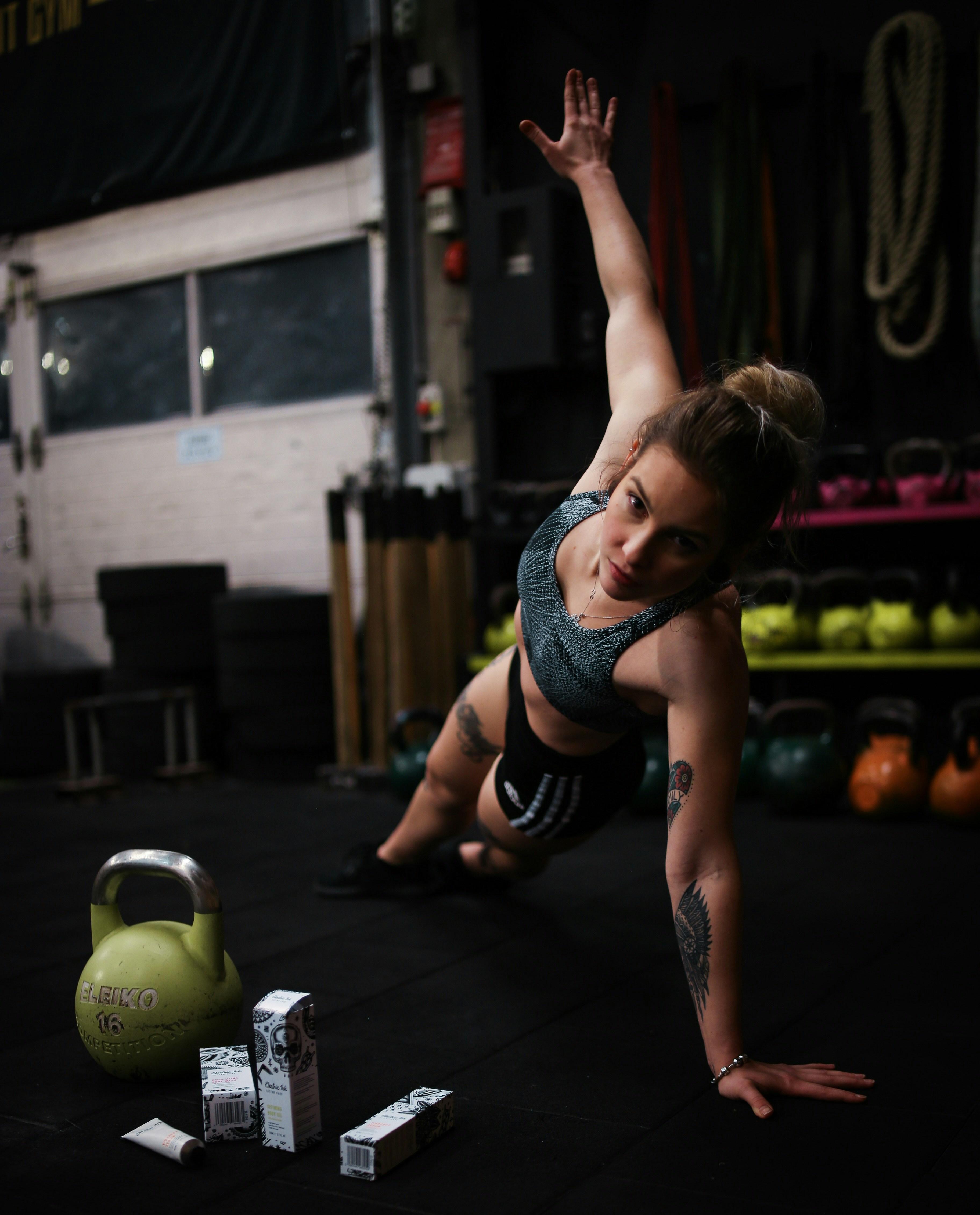Creating a personalized workout plan that aligns with your unique fitness level is not only essential for achieving your health goals but also for maintaining motivation and preventing injury. In today’s fast-paced world, where cookie-cutter fitness programs abound, the importance of a tailored approach cannot be overstated. This guide will walk you through the critical steps to develop a workout regimen that caters specifically to your needs, preferences, and physical capabilities. From assessing your current fitness level to selecting the right exercises and setting realistic goals, we will provide you with the tools and knowledge necessary to craft a plan that is both effective and sustainable. Whether you are a seasoned athlete or a fitness novice, this comprehensive approach will empower you to take control of your fitness journey with confidence and precision.
Assessing Your Current Fitness Level
Before diving into a personalized workout plan, it’s crucial to understand where you currently stand in terms of fitness. This will not only help in setting realistic goals but also in tailoring exercises that match your abilities. Start by evaluating the following aspects:
- Cardiovascular Endurance: Measure how long you can maintain a moderate to high-intensity activity like running or cycling.
- Muscular Strength: Test your maximum lifting capacity for exercises such as bench presses, squats, or deadlifts.
- Flexibility: Assess your range of motion in various joints by performing stretches and noting any tightness or limitations.
- Body Composition: Calculate your body fat percentage and muscle mass using tools like calipers or bioelectrical impedance scales.
Documenting these metrics will provide a clear snapshot of your current fitness level, enabling you to design a workout plan that is both challenging and achievable.

Setting Realistic and Achievable Goals
To ensure your workout plan is effective and sustainable, it’s crucial to set goals that are both realistic and achievable. Start by assessing your current fitness level and identifying specific, measurable objectives. This will help you stay motivated and track your progress over time.
- Be Specific: Instead of saying “I want to get fit,” define what that means for you. For example, “I want to run a 5K in under 30 minutes.”
- Make it Measurable: Quantify your goals so you can monitor your improvement. This could be “lose 10 pounds” or “increase my bench press by 20 pounds.”
- Ensure Achievability: Set goals that are challenging yet attainable. If you’re new to fitness, aiming to complete a marathon in a month may not be realistic.
- Be Relevant: Your goals should align with your overall fitness aspirations and lifestyle. Choose objectives that genuinely matter to you.
- Time-Bound: Establish a clear timeline for your goals. For instance, “I will improve my flexibility to touch my toes within 3 months.”
By focusing on these elements, you can create a workout plan that not only suits your fitness level but also keeps you engaged and on track towards your desired outcomes.

Choosing the Right Exercises for Your Body
When crafting a workout plan tailored to your fitness level, it’s crucial to choose exercises that align with your body’s unique needs and capabilities. Start by considering your current fitness level. Are you a beginner, intermediate, or advanced? This will determine the intensity and complexity of the exercises you incorporate.
- Beginners: Focus on foundational movements like squats, lunges, push-ups, and basic cardio. These exercises help build strength and endurance without overwhelming your body.
- Intermediate: Incorporate compound movements such as deadlifts, bench presses, and pull-ups. You can also start adding moderate weights and more dynamic cardio routines.
- Advanced: Challenge yourself with high-intensity interval training (HIIT), advanced weightlifting techniques, and plyometric exercises. This level demands a greater focus on form and recovery.
Additionally, consider any personal limitations or injuries. If you have knee issues, for example, opt for low-impact cardio like cycling or swimming instead of running. Always listen to your body and adjust your plan as needed to prevent injury and promote long-term success.

Designing a Balanced Workout Schedule
When crafting your personalized workout plan, it’s crucial to ensure that it incorporates a variety of exercise types to target different muscle groups and aspects of fitness. A well-rounded routine should include:
- Cardiovascular exercises – Activities like running, cycling, or swimming to improve heart health and stamina.
- Strength training - Workouts such as weight lifting or bodyweight exercises to build muscle mass and increase strength.
- Flexibility and mobility exercises - Practices like yoga or stretching routines to enhance flexibility and prevent injuries.
- Balance and stability workouts – Exercises such as pilates or balance drills to improve coordination and prevent falls.
Balancing these components will help you achieve comprehensive fitness while minimizing the risk of overtraining and injuries. Aim for at least three to five workout sessions per week, ensuring you allocate sufficient time for rest and recovery. Tailor the intensity and duration of each session to match your current fitness level and progressively adjust as you build strength and endurance.





